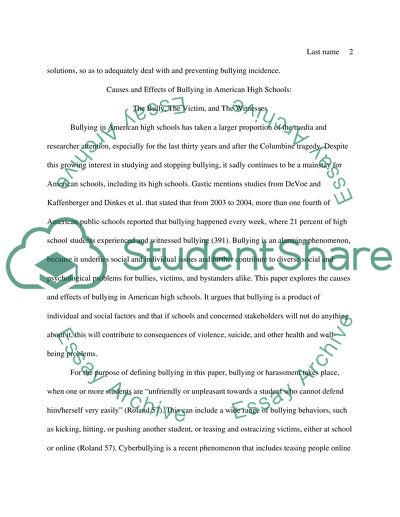Cite this document
(“The causes and affects on bullied students in American high scools Research Paper”, n.d.)
Retrieved from https://studentshare.org/english/1430934-the-causes-and-affects-on-bullied-students-in
Retrieved from https://studentshare.org/english/1430934-the-causes-and-affects-on-bullied-students-in
(The Causes and Affects on Bullied Students in American High Scools Research Paper)
https://studentshare.org/english/1430934-the-causes-and-affects-on-bullied-students-in.
https://studentshare.org/english/1430934-the-causes-and-affects-on-bullied-students-in.
“The Causes and Affects on Bullied Students in American High Scools Research Paper”, n.d. https://studentshare.org/english/1430934-the-causes-and-affects-on-bullied-students-in.


